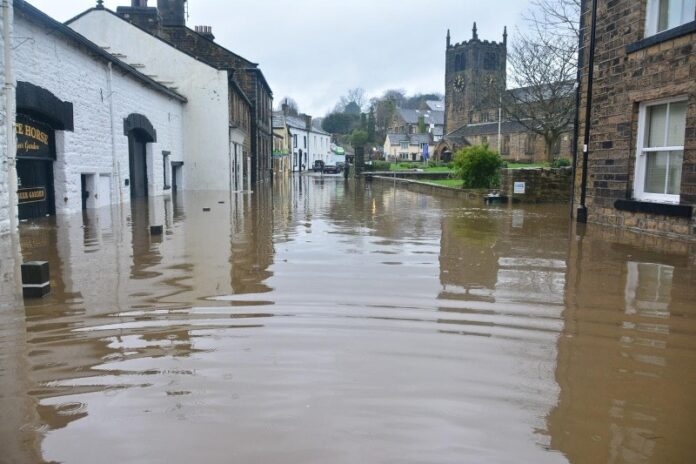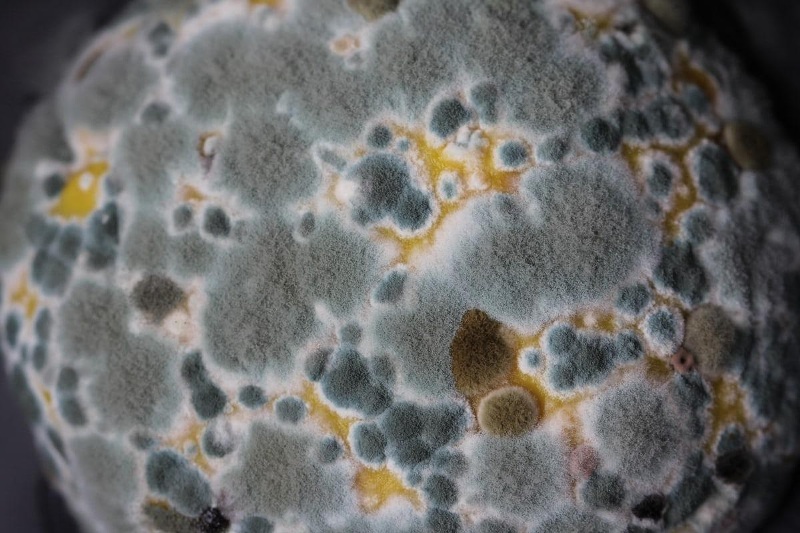Floods are the most common natural weather disasters. These unfortunate disasters can be caused by numerous factors; coastal floods, river floods, groundwater floods, etc.
For a homeowner a flood is devastating. Apart from the emotional toll that going through the flood takes, your home is damaged and will need to be restored. So, what exactly should be done after your home is flooded?
What Should Be Done
After a flood, your primary concern may be to make your home look nice again. This should not be your priority, however. More than the need to redecorate is the need to make your home safe again.
When your home is flooded the water damage creates the perfect environment for mold. This significantly reduces air quality, meaning that there’ll be side effects like sneezing, red eyes, runny nose, and skin rashes. You will need to hire a contractor and other professionals with plenty of experience in fast and reliable water damage restoration. This must be a priority for a myriad of health reasons.
Some of the things that need to be done, besides finding a qualified contractor, are; hiring a licensed electrician, having the flooring replaced, having the walls opened up, food safety, and a myriad of other things.
Let’s go into the details.
Cut Off Power, Gas, and Water
It’s important that you don’t attempt to re-enter your home before you’ve turned off gas, water, and electricity. Especially your electricity.
If the waterline was above the electrical outlets, electrical panel, or electrical switches you have to contact a licensed electrical contractor. Even if it didn’t, the water would have likely got into fixtures, sockets, or appliances, so for safety reasons, call an electrician anyway before turning the power back on.
Replace Your Flooring
Unfortunately, you’d have to hire a service to replace your damaged floors (including laminate, carpeting, hardwood, and tiling) which will be most of them. You can’t just mop up the water and think the floors are fine because they dry up.
This is because:
- Hardwood and laminate floors will swell and warp from absorbing the water, including their subfloor.
- Water-damaged carpeting will generate mold and will all have to be removed. This includes the undead if there is any natural fiber in it. While a carpet made of synthetic material won’t grow mold the subfloor is almost certainly wood or oriented strand board (OSB) which is a composite wood product and will be soaked through.
- You’re not in the clear even if you have tile. It doesn’t absorb water, but the wood substrate will never completely dry out with tile over the top of it. There’ll still be wet wood or oriental stand board underneath it and this will breed mold.
The contractor will let you know which floors are damaged and which are beyond repair.
Walls
After re-entry, the walls might appear to be undamaged, but you’d have to open flooded walls anyway to prevent mold, odor, and structural decay later.
Here’s what will need to be done:
- The water from the walls removed as fast as possible. This is to aid ventilation.
- Holes made in the wallboard drains uninsulated walls, then the baseboards removed.
- The interior surface of the insulated walls removed to a point above water height and the flooded drywall discarded.
- The unnamed paneling may be propped open or reinstalled after cleaning.
- All the wet fibrous insulation removed and discard.
- Mud cleaned out
- Wall studs and plates may be sprayed with disinfectant to kill any existing mold and fungi with 1 cup bleach/gallon water
- Speed dry with dehumidifiers and fans, then leave the walls open until they have thoroughly dried. This may take up to a month.
When selecting replacement material remember to choose one’s that will withstand future floods. For example rigid foam insulation, removable wainscoting or, ceramic tile.
Food and Water Sanitation
It’s not safe to drink your water until your local water company, utility, or public health department declares your water source safe for consumption again. In the meantime, your water source will have to be purified before you can use it for cooking, drinking, washing dishes, or any part of your body.
Water
- Strain water through a clean cloth or filter
- Then let the water boil for a few minutes
- Allow the water to cool
- If boiling the water is not feasible use fresh unscented liquid chlorine bleach. The measurements are; 8 drops or 1/8 tsp/gallon of clear water, 16 drops or 1/4 tsp/gallon of cloudy water). Stir, then leave alone for 30 minutes.
Using iodine and purification tablets are advised against.
Food
Almost all food will have to be thrown out because it’ll be spoiled. Food that wasn’t in a proper container for instance, and definitely all perishable food. Some of the food can be saved. Store-bought food that’s undamaged in all-metal cans or retort pouches can be saved, but you’ll have to remove the labels, thoroughly wash the cans, rinse them, and then disinfect them with a sanitizing solution (1 tablespoon of bleach per gallon of potable water).
It’s not just food. You’ll also have to decide which of your utensils have to be thrown out. Get rid of flood-contaminated wooden cutting boards, cups, spoons, other cutlery, plastic utensils, baby bottles, pacifiers, etc.
Carefully wash metal and ceramic pans, utensils, dishes, and others with hot soapy water. Then sanitize all of them by boiling them in clean water, or by immersing them for 15 minutes in a solution of 1 tsp chlorine bleach/quart water.
Stop The Growth Of Mold
In the weeks and months following the flood, the growth of mold will have to be consciously prevented.
Molds produce allergens, irritants, and, sometimes, toxic substances that induce allergic reactions or flu-like symptoms when inhaled or touched. Molds may also cause asthma attacks. You don’t want mold in your home, so after the necessary electrical, heating, floor, wall, structural, and other necessary restorations you’ll have to take steps to stop mold from growing.
- Since electricity would have been restored, continuously use air conditioning or heat in winter and a dehumidifier to remove humidity.
- If you don’t have air conditioning or any of the other things simply open windows and use fans to circulate air.
- Turn on the electric lights in closets, and leave as many doors as possible open to facilitate drying.
- Reduce activities that add moisture to the indoor air by doing things like using exhaust fans when cooking and bathing.
The restoration required after a flood may seem overwhelming, but by taking things one step at a time and hiring experienced professionals the process will be simpler.



















